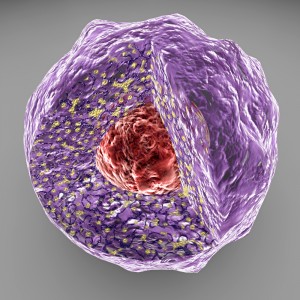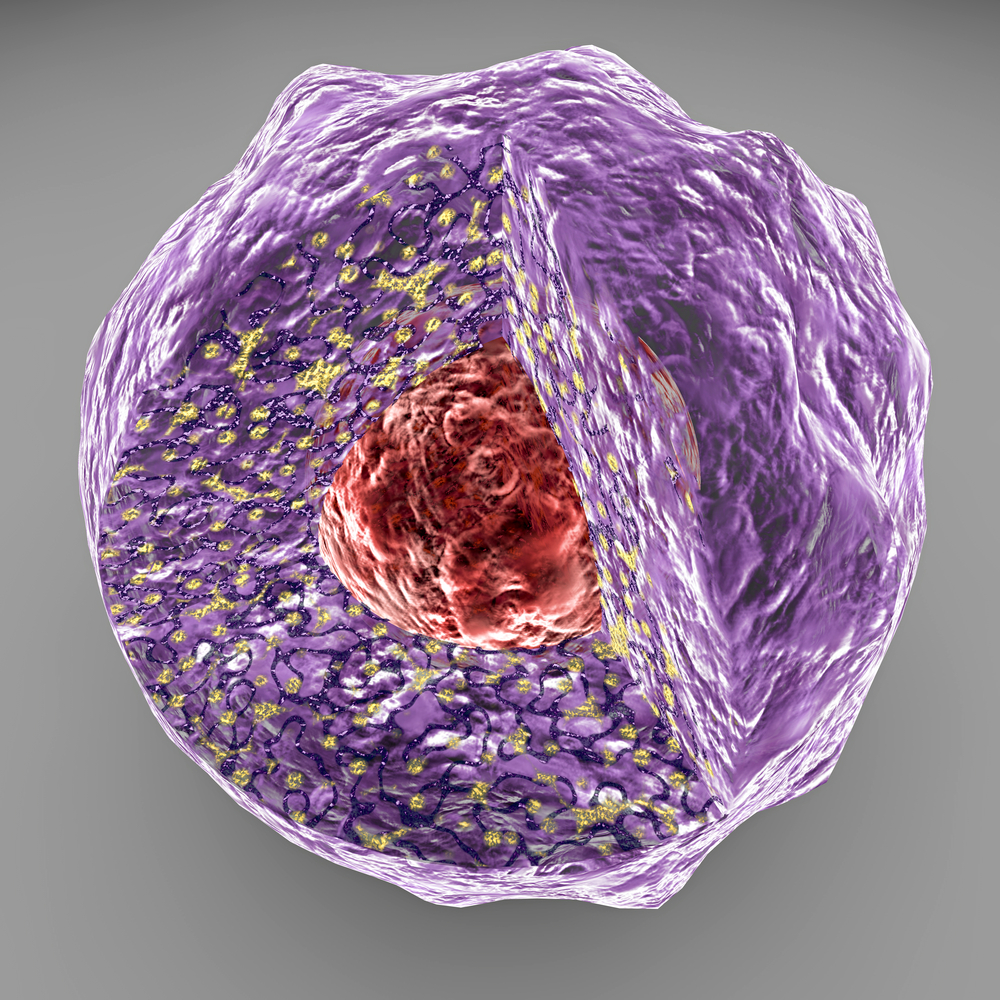 A research team, led by Dr. Miguel Ángel del Pozo at the Centro Nacional de Investigaciones Cardiovasculares (CNIC), has published results of a recent study in Developmental Cell, where they show the importance of the nuclear localization of the Rac1 protein in cancer cells’ migration and invasion potential, including prostate cancer.
A research team, led by Dr. Miguel Ángel del Pozo at the Centro Nacional de Investigaciones Cardiovasculares (CNIC), has published results of a recent study in Developmental Cell, where they show the importance of the nuclear localization of the Rac1 protein in cancer cells’ migration and invasion potential, including prostate cancer.
The presence of Rac1 in the cell nucleus impacts their nuclear morphology, with relevant implications in malignant cancer. Nuclear Rac1 has been described for several years; however, the mechanisms behind its regulation and function have remained unknown.
In this new study, the research team identified the mechanisms that directly regulate the movement of Rac1 between the cell nucleus and cytoplasm: when this protein is localized in the nucleus, it stimulates structural changes that allow a cancer cell to alter its shape and migrate within restricted spaces.
The precise subcellular localization of Rac1 is crucial since it is what “ultimately controls its state of activation. The sustained presence of Rac1 in the nucleus translates into alterations to the organization of the nuclear membrane through changes in nuclear actin, and this causes changes in nuclear shape,” explained Dr. del Pozo in a news release.
The team has identified particular genetic sequences that are necessary for Rac1 to exit the nucleus and could allow the development of potential therapies. “Our results confirm the need for dynamic regulation of Rac1 in the nucleus, and at the same time serve as the basis for the identification of future molecular targets associated with the reduction of the levels of this protein in the nucleus,” study’s first author, Dr. Inmaculada Navarro, explained in the news release.
To initiate tumor invasion cancer cells need to activate mechanisms involved in the regulation of the actin cytoskeleton. “These processes permit changes in cell shape that favor migration to neighboring tissues. In the case of tumor cells, this migration produces the much feared metastasis”, said Dr. Del Pozo.
To validate their findings, the team used human samples from both healthy and patients suffering from metastatic prostate cancer. “Nuclear Rac1 accumulation is very high in samples from highly aggressive prostate tumors, and its level correlates with the tumor’s malignancy grade,” explained Dr. Navarro. These results highlight the potential of using the level of nuclear Rac1 as a marker of tumor progression.

